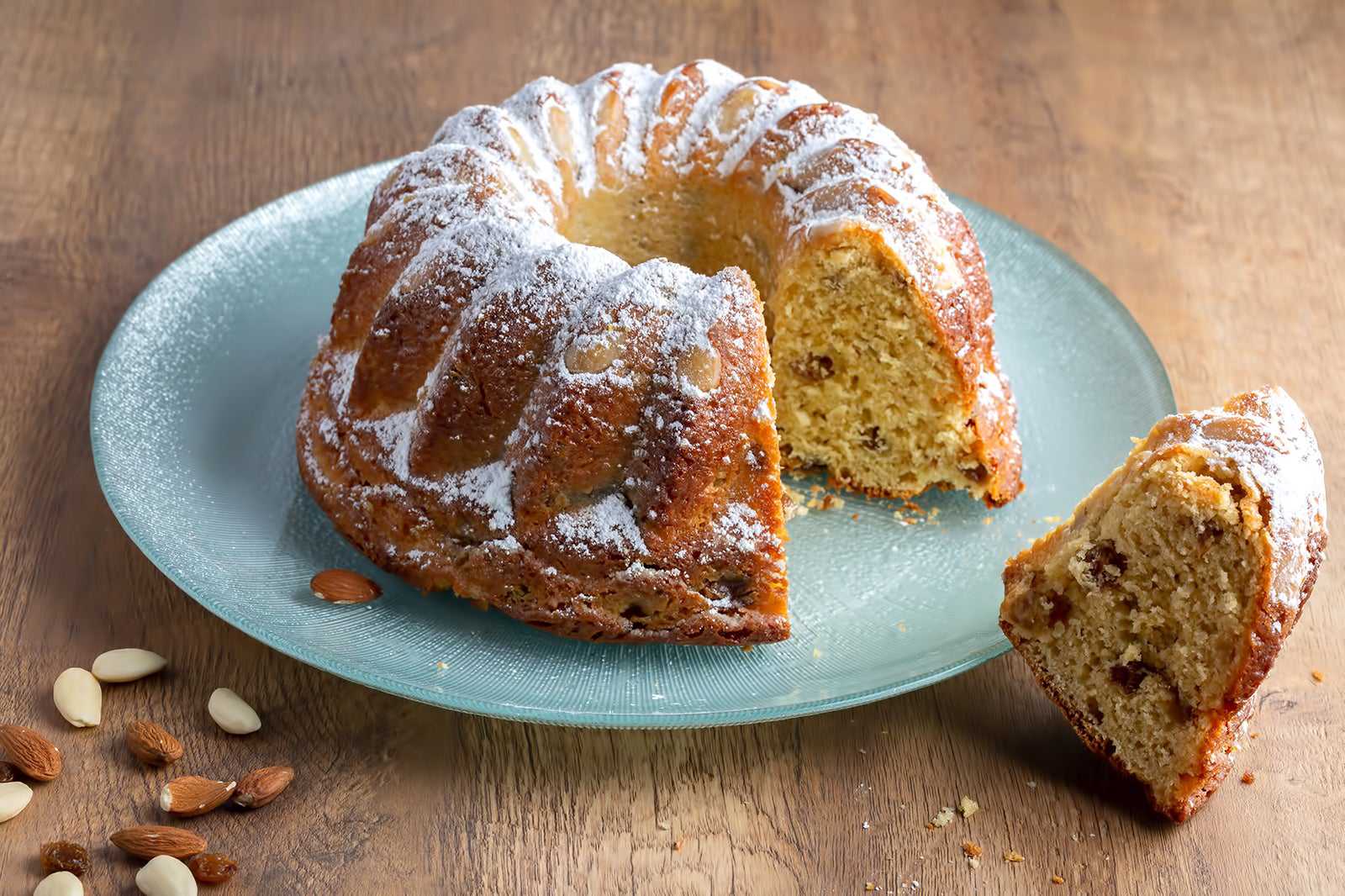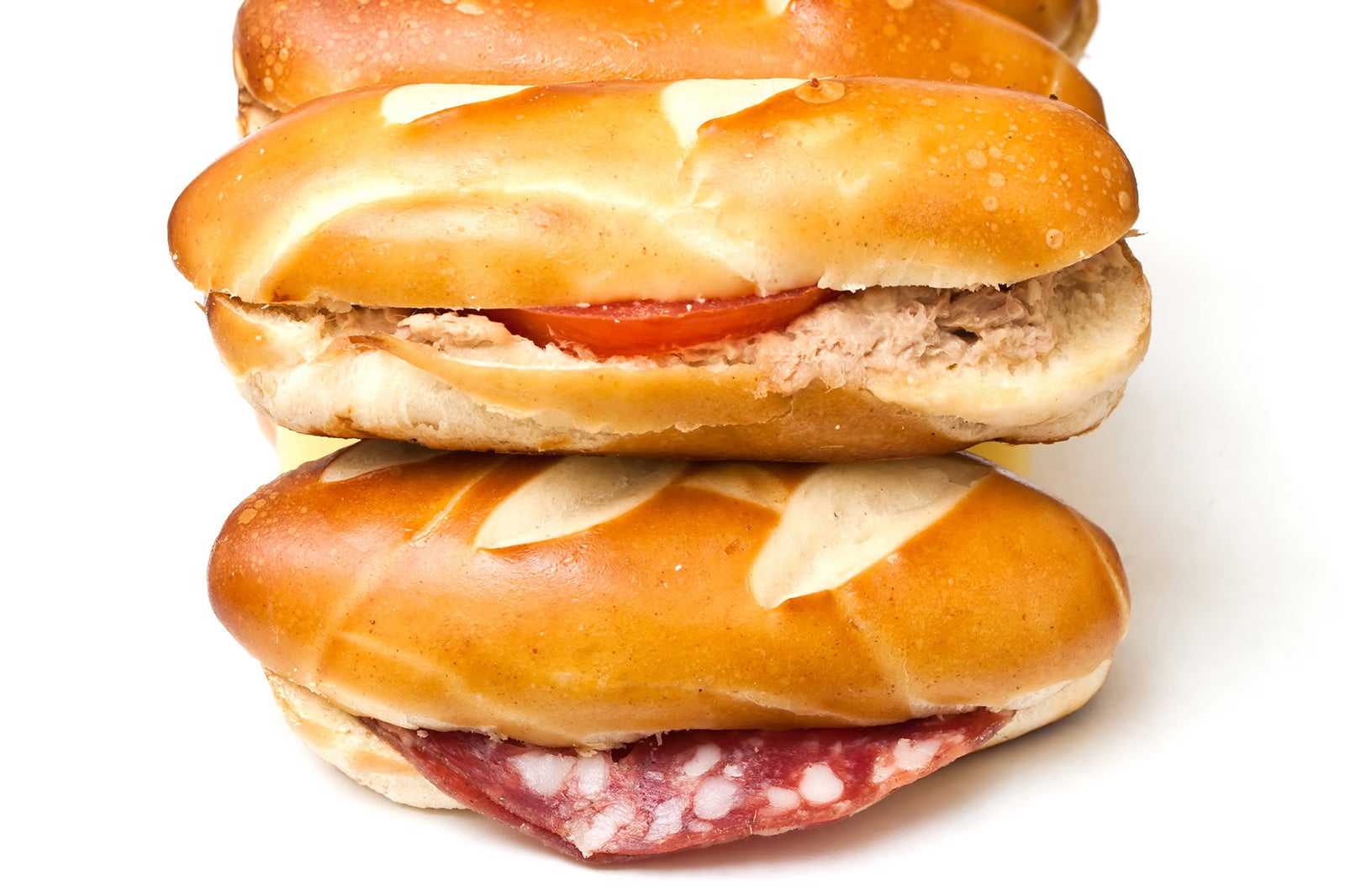These best local dishes from Strasbourg include regional comfort foods and traditional treats you should try on your next visit. Strasbourg is located in Alsace. Historically, this region of France has at times been under German influence. This gives rise to a distinctive cuisine and a cultural identity which is different from other parts of the country.
Alsatian dishes incorporate German staples such as pork, sauerkraut and cheese given a subtle Gallic twist. Make sure you’re hungry – this is hearty fare and portions are generous. Don’t forget to save room for dessert – those with a sweet tooth will enjoy a plethora of cakes, biscuits, brioche and pastries. Read on to whet your appetite!
- 1
Spaetzle
Rich, buttery Alsatian comfort food

- 음식
Spaetzle (referred to across the border in Germany as ‘spätzle’) are tiny noodles or dumplings made with eggs. In some ways, they resemble Italian gnocchi in appearance. But unlike gnocchi, they contain no potato.
Instead, this filling dish consists of flour, egg and milk, mixed to form a runny batter rather than a dough. It’s put through a special spaetzle grater and cooked quickly in boiling water before being fried off in plenty of butter. Spaetzle also goes well with cheese.
- 2
Alsace Kougelhopf
Fruit bread baked in a distinctive shape

- 음식
Alsace Kougelhopf is a traditional fruit bread that cooks evenly when bakers use a specific type of tin called a Bundt mould. This creates a hole in the centre of this brioche-style bread, which some people refer to as a cake.
When tipped out, Alsace Kougelhopf has the appearance of an upended flower pot, though, of course, it tastes rather better. It contains raisins and is often decorated with whole almonds – the fluted shape of the tin creates ridges that are the ideal size to top with such nuts.
- 3
Lewerknepfle
Tasty poached liver dumplings

- 음식
Lewerknepfle are what the Alsatians call poached liver dumplings. Elsewhere in France, you might also hear them referred to as ‘quenelles de foie’. To make the dish, chefs finely chop liver and combine with onion, breadcrumbs, flour and eggs.
The mixture needs to be soft, but firm enough to hold its shape. If it’s too thick, the dumplings will be unpleasantly dense. Two spoons are used to create the elongated quenelle shape. The mixture is then poached in boiling water to cook. When they’re ready to serve, they will rise to the surface. Eating lewerknepfle is an experience – each dumpling melts in your mouth.
- 4
Baeckeoffe
Hearty meat and vegetable casserole

- 음식
Baeckeoffe translates as ‘baker’s oven’ and refers to a casserole primarily made with mutton, lamb or pork added to potatoes and onion. To cook it traditionally, the meat is layered with the potato in an earthenware dish.
The name is thought to refer to times past when women would prepare the dish and leave it with the local baker. He’d seal the pot with dough and place it in his empty oven, which was still warm after baking last night’s bread to cook the meat through. A glug of Alsatian white wine helps to add flavour.
- 5
Choucroute d'Alsace
Fermented cabbage that often accompanies pork dishes

- 음식
Choucroute d'Alsace is what the people of Strasbourg call sauerkraut. It’s been produced in the region since the 15th century. The area’s climate is ideal for growing cabbage but before the days of refrigeration, locals needed a way to preserve the vegetable so that it would last throughout the winter.
Hence, the fermentation process was devised and choucroute was born: thin, long strips of white or pale yellow grated cabbage that can be served raw or cooked. Where you see ‘choucroute garnie’ on a menu, it’s been braised in white wine and will be served with pork, ham or sausages.
- 6
Coq au Riesling
Regional variation of the French classic Coq au Vin

- 음식
Coq au Riesling is Alsace’s take on a Coq au Vin and substitutes the customary bottle of red with a Riesling. The chicken is placed in its boozy marinade for at least 12 hours. When it’s time to cook, the meat is pan-fried while the sauce comes together with the addition of ingredients such as lardons, onion and lashings of cream.
Alsatians combine the 2 so that the chicken absorbs the flavours from the sauce and the dish is served with pommes purée (mashed potatoes), buttery spaetzle or a crusty baguette.
- 7
Flammekueche/Tarte Flambé
Street food that’s a cross between a pizza and a tart

- 음식
Flammekueche or Tarte Flambé is a pizza-like dough that’s rolled out very thinly. On top of a layer of crème fraiche, you might find a sprinkling of sliced onions and tiny cubes of fatty bacon – called lardons – to add some saltiness.
Flammekueche’s German name holds the clue to how it’s cooked: in a wood-fired oven rather than flambéed as the French name might suggest. Though the savoury version is a classic, it’s also possible to find a sweet option topped with apple, cinnamon and a dash of Calvados brandy.
- 8
Mauricettes
Crusty, pretzel-like rolls

- 음식
Mauricettes are savoury rolls that are made from pretzel dough. A baker called Paul Poulaillon came up with the idea in the early 1973s and trademarked his signature bread in 1985. Since then, it’s made him a fortune.
The dough is mixed, cut and shaped. The rolls are dunked in hot water with some baking soda, known as a lye solution. They’re then given an egg wash and a coating of salt or poppy seeds. Once baked in the oven, they develop their characteristic dark colour.
- 9
Cervelas
Versatile, lightly smoked sausage

- 음식
Cervelas are fat sausages that are tightly wrapped in their natural casings. They are a type of sausage common not only in Alsace but also in Switzerland and Germany.
Once, these tasty sausages would have contained pig’s brains, but these days, the practice has disappeared as tastes have changed. In Alsace, they are usually split down the middle, filled with cheese and wrapped back up with bacon. Cervelas add protein to casseroles, are delicious served warm with sauerkraut and work well cooled and chopped in a salad.
- 10
Bredele
Traditional biscuits associated with the festive period

- 음식
Bredele biscuits were first baked in Strasbourg as early as the 14th century. Their popularity really took off a few hundred years later when most kitchens acquired cookie cutters which made it easier to create the fiddly shapes.
Bredele are typically bite-sized and are baked in batches. These buttery biscuits come in a range of flavours, including almond, cinnamon, lemon and honey. Sometimes they are iced. During the festive period, it’s common to gift these delicious biscuits to friends and family.









